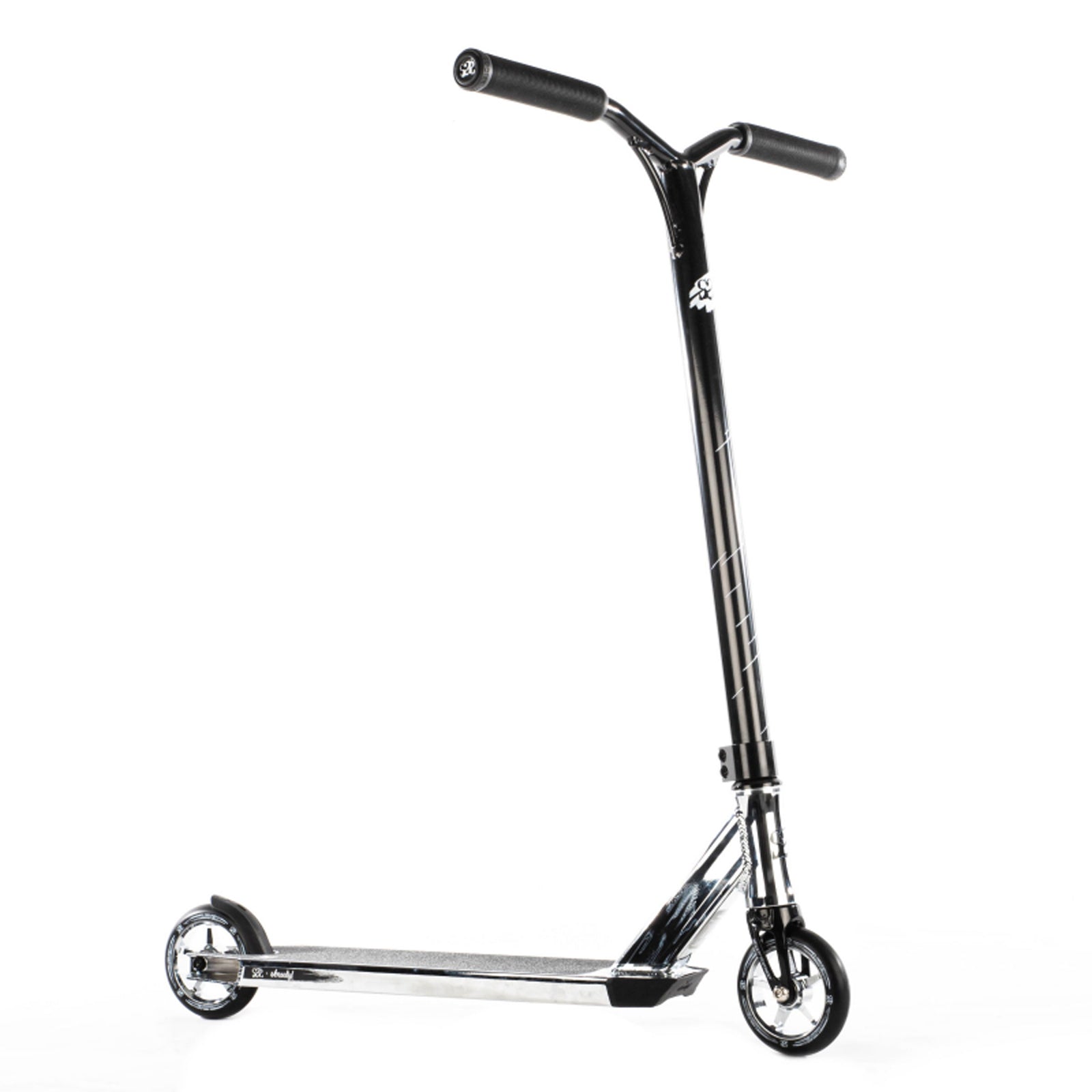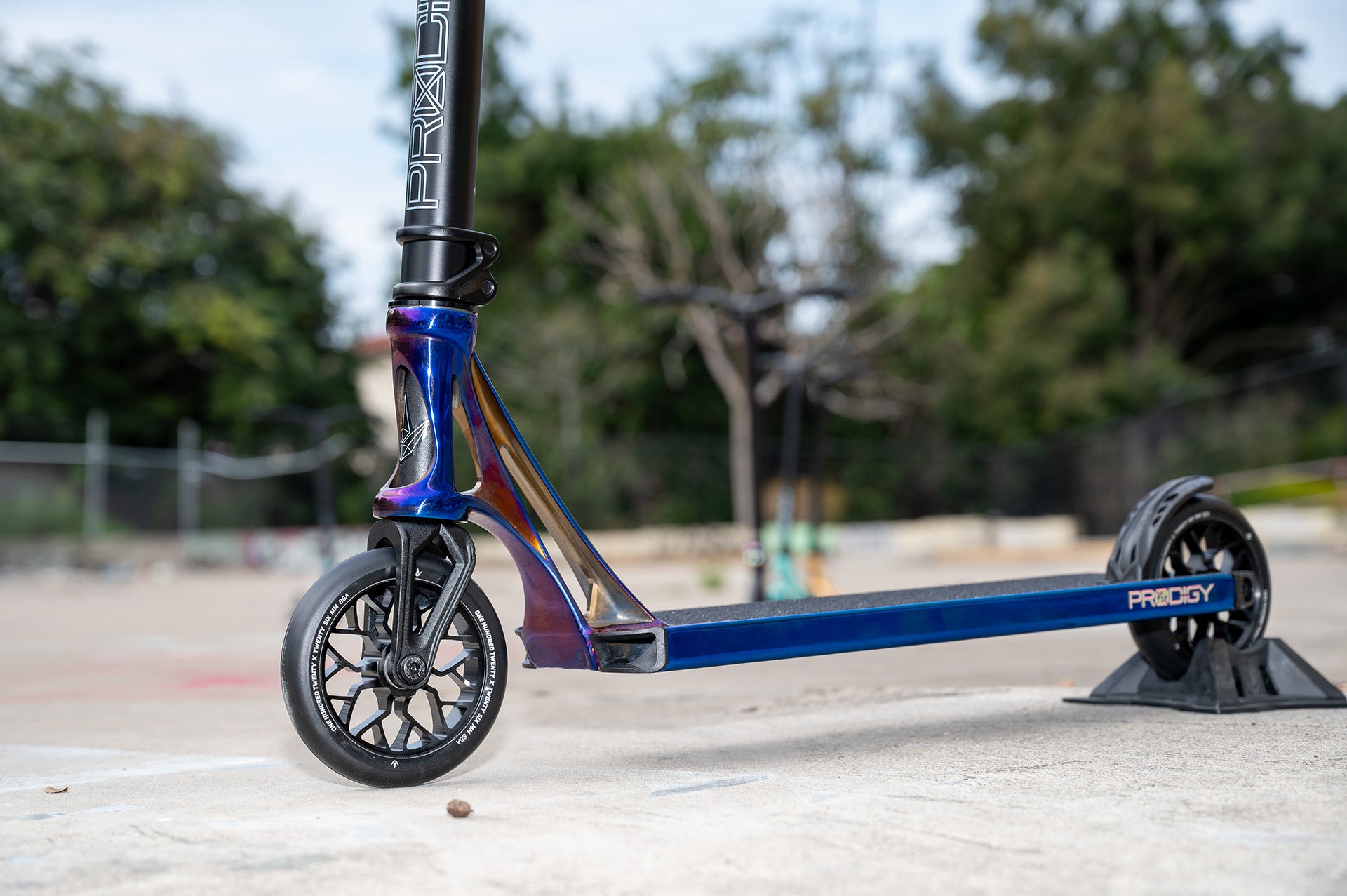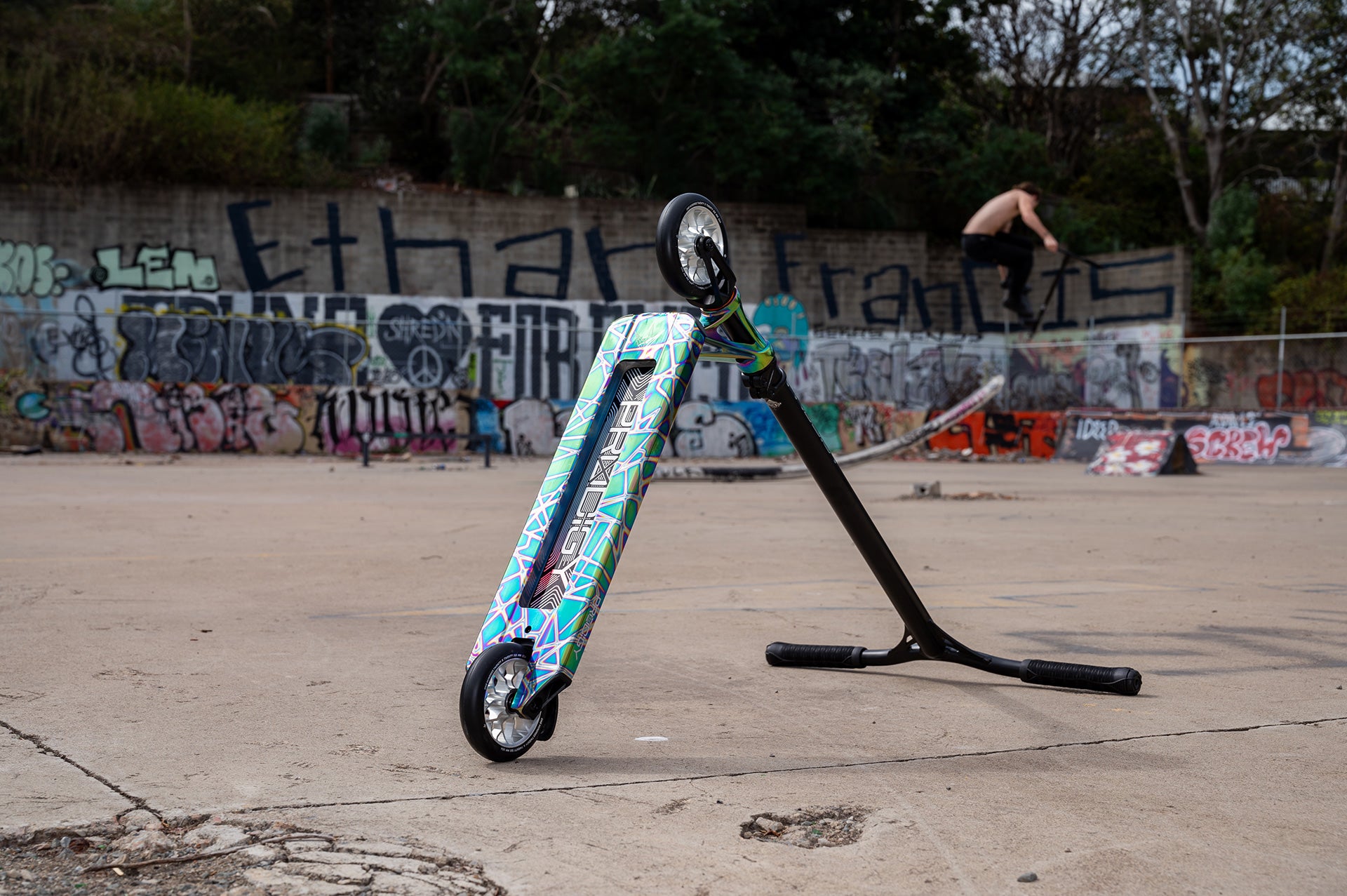
Guide d'achat de Trottinettes Freestyle
Trottinette Pro Scooter Freestyle, Montréal, Québec
Vous avez des questions?
Une situation qu’en tant que parents, vous arrivera probablement ou qui vous ai déjà arrivée.
L’enfant: Maman (papa), je veux une nouvelle trottinette!!!
Parent: Mais tu as déjà une trottinette!
L’enfant: Mais maman (papa) c’est une Razor. C’est pour les touts petits! Je peux pas aller au skatepark avec cela.
Parent: Y a-t-il d’autres types de trottinettes?
L’enfant: Une vraie trottinette (Pro scooter) maman! Une Scoot de pro. Tu ne connais rien! :-)
Cette situation vous est familière?
Nous sommes là pour vous aider!
Chez Scootersk8, nous avons des enfants et nous sommes passés par là!
Des réponses à vos questions
Guide d'achat trottinette freestyle
Le sport de la trottinette freestyle a pris son envol au cours de la dernière décennie.
Les enfants du monde entier cherchent à joindre ce sport très populaire.
Ce guide d'achat décomposera les composantes individuelles d'une trottinette et expliquera leurs fonctionnalités.
Vous serez ainsi mieux informé en vue de faire le meilleur achat de trottinette.

Plateau (deck)
Le plateau (deck) d’une trottinette professionnelle est le composant le plus important de votre trottinette. Les plateaux sont disponibles en différentes longueurs, largeurs, concaves et styles. Les decks sont bâties en une seule pièce. Le plateau est la pièce principale dans laquelle le reste la trottinette sera construite. Il est donc important de bien choisir son deck. Le plateau idéal pour vous doit être conçu pour vous donner une sensation bien équilibrée et de performance sous vos pieds. Il doit aussi être résistant aux chocs et abus d’utilisation quotidiens. La grande majorité des plateaux de trottinette haut de gamme sur le marché aujourd'hui sont fabriquées avec de l'aluminium de qualité aéronautique afin d’assurer une conception légère et durable.
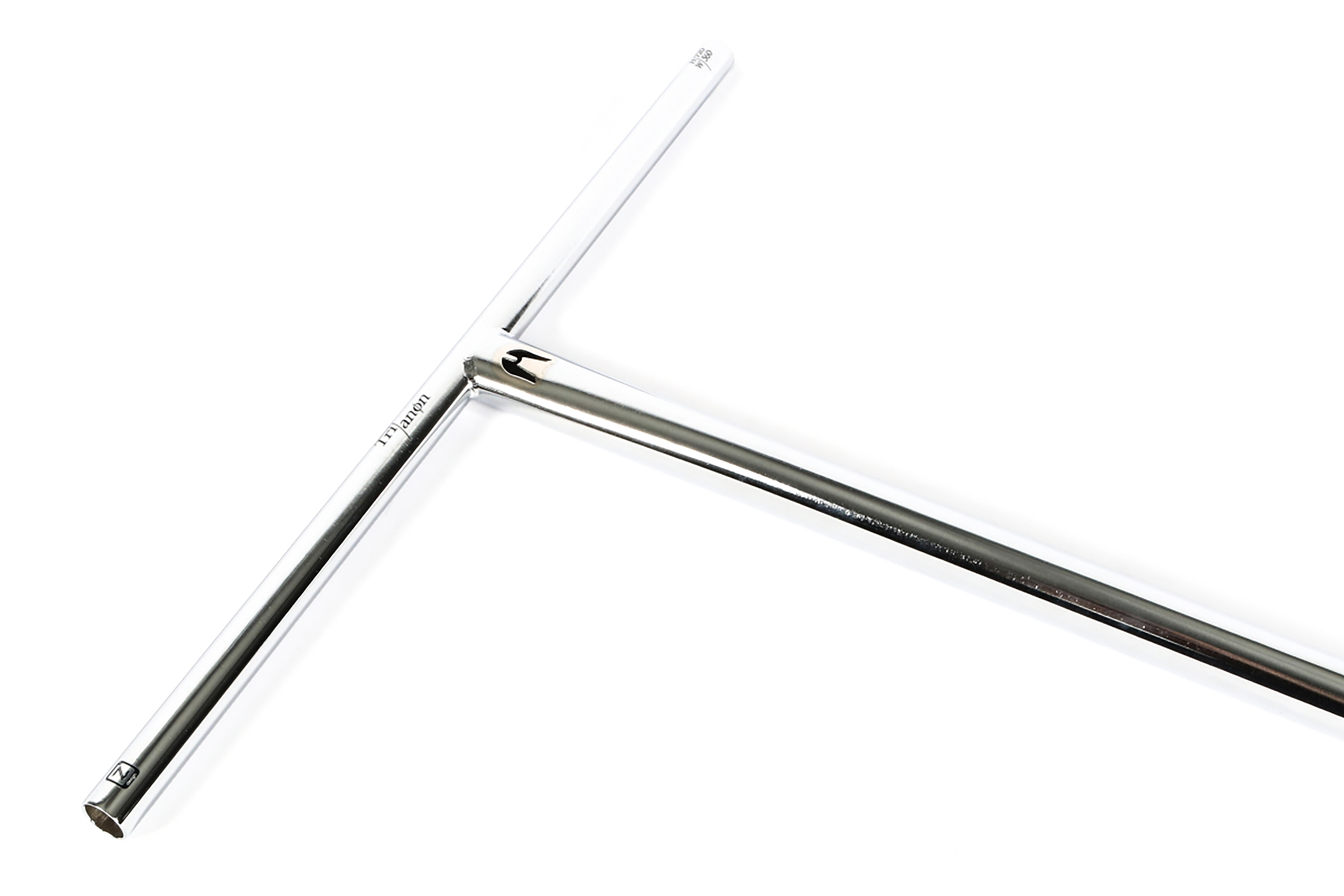
Guidon (bar)
Le choix du guidon pour votre trottinette est très personnel. Le guidon déterminera toutefois le type de sensation que votre trottinette vous procurera. Les dimensions du guidon dépendent de vos préférences personnelles, tout comme de votre style de rider. La majorité des guidons de trottinette professionnelle sont fabriquées en tube d'acier. Les guidons en tube d'aluminium sont également assez courants. Le diamètre standard d'un guidon de trottinette est de 31.9mm. La majorité des scooters utilisent une barre surdimensionnée (oversized), avec un diamètre de 34.9mm.
Il ne faut pas oublier les poignées qui vont sur le guidon.
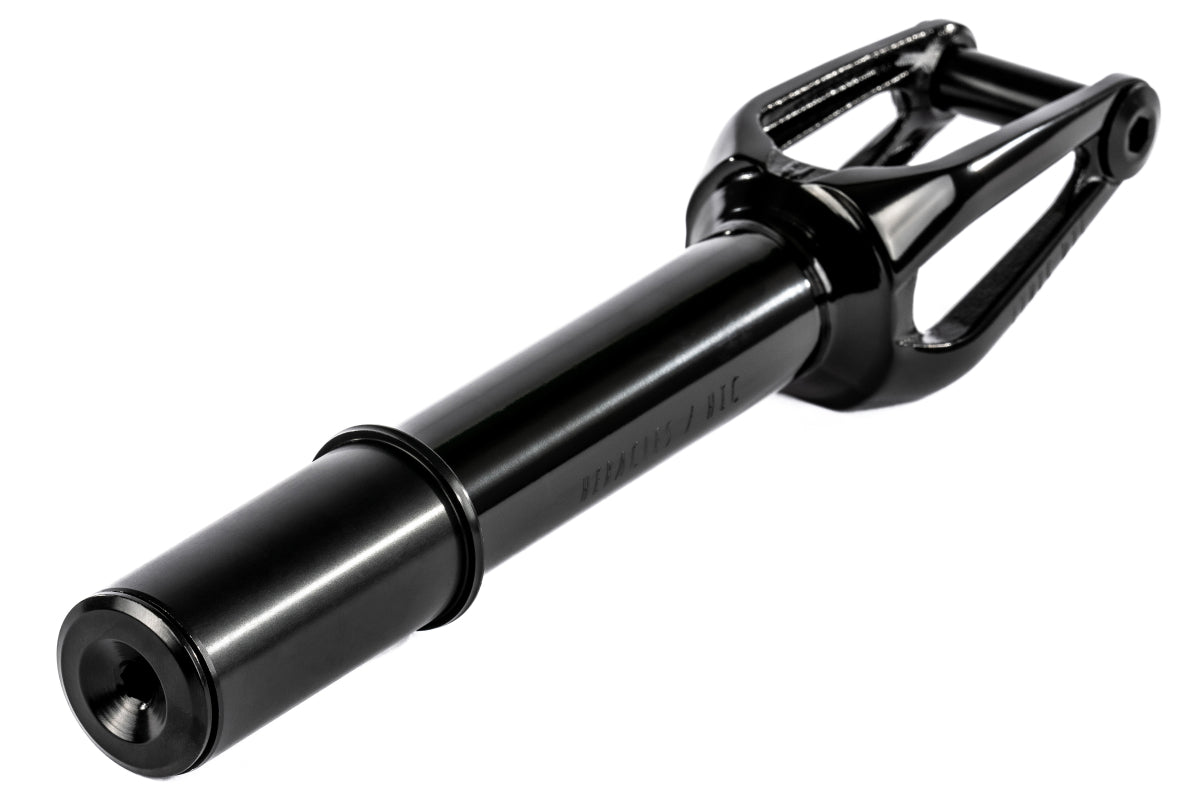
Fourche
La fourche relie votre guidon, votre plateau et votre roue avant. Le système de compression est nécessaire pour que la fourche se fixe fermement au guidon. La plupart des trottinettes haut de gamme utilisent une fourche sans filetage pour assurer une résistance et des performances maximales.
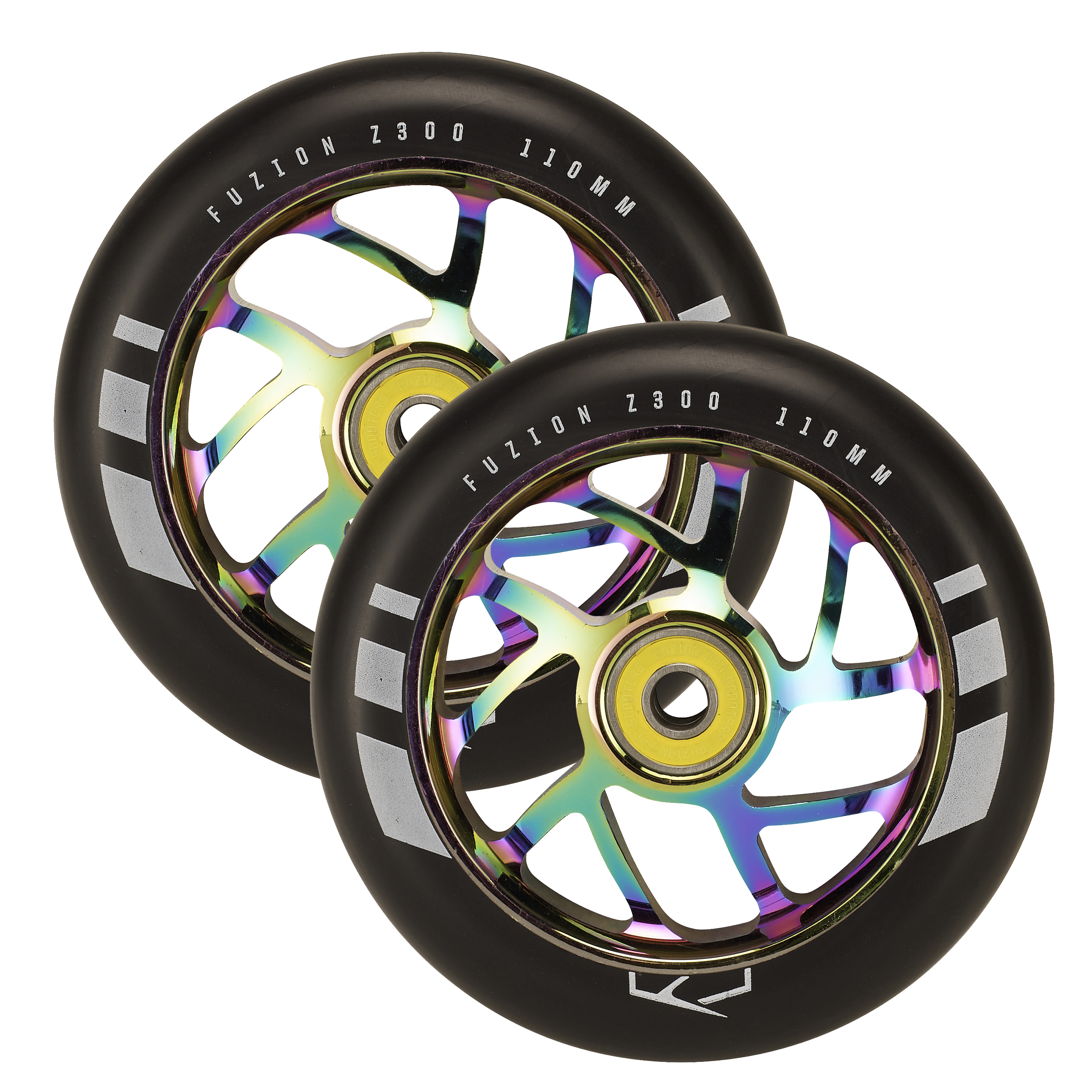
Roues
La plupart des roues auront une dimension de 100mm ou 110mm. La taille choisie par le rider est une préférence personnelle. Les avantages à choisir une taille de roue plus grande est que la roue tourne plus vite et plus doucement. Important : vous devez choisir la bonne taille de roue pour votre fourche.
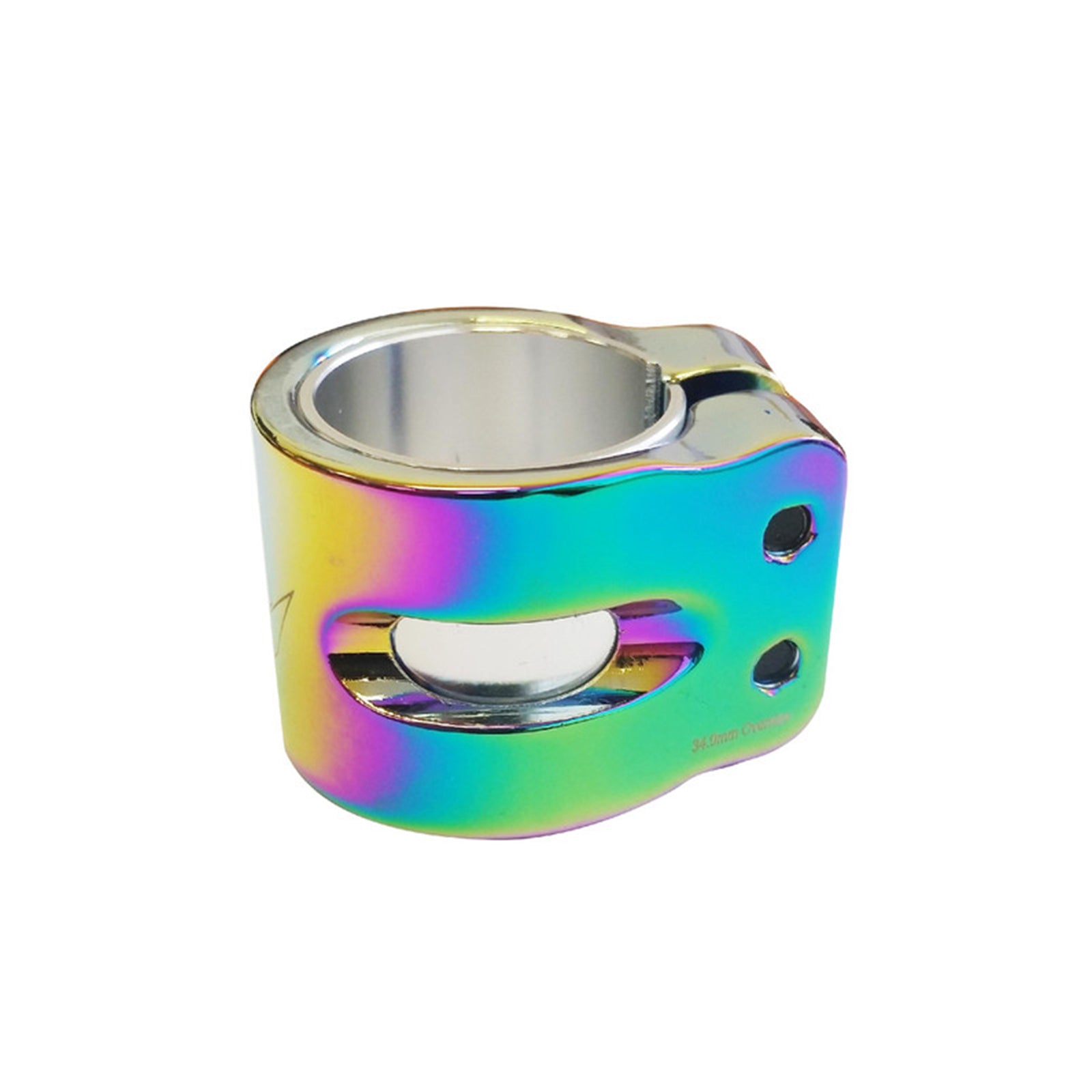
Collier de serrage (clamp)
La clamp d’une trottinette est le collier qui maintient solidement le guidon et la fourche ensemble. La plupart des clamps pour trottinettes professionnelles sur le marché aujourd'hui sont disponibles en tant que pinces doubles, triples et quadruples. Chaque nom fait référence au nombre de boulons dont chaque pince est équipée.
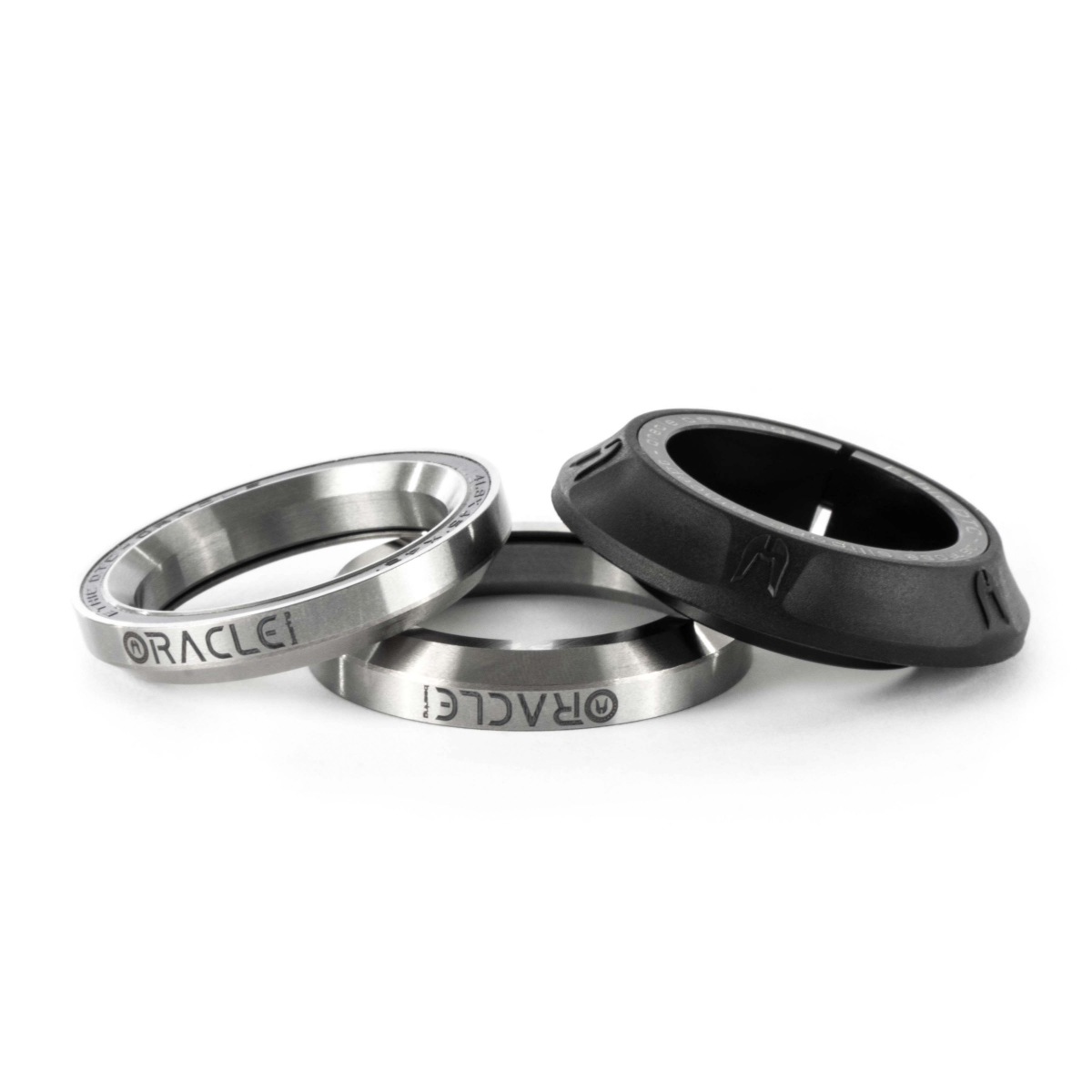
Jeu de direction (headset)
Le jeu de direction est une autre composante essentielle à la performance globale de votre trottinette. Chaque headset se compose de roulements, de cuvettes de roulement, de chemin de fourche et de capuchon supérieur. Les scooters haut de gamme auront un headset scellé qui nécessite une fourche sans filetage et un système de compression. La différence entre les headsets intégrés et non intégrés est que les headsets intégrés fournissent des cuvettes de roulement déjà installées dans le tube de direction, ce qui offre un bien meilleur ajustement pour le headset et assurera un alignement parfait pour une rotation plus douce de la fourche.
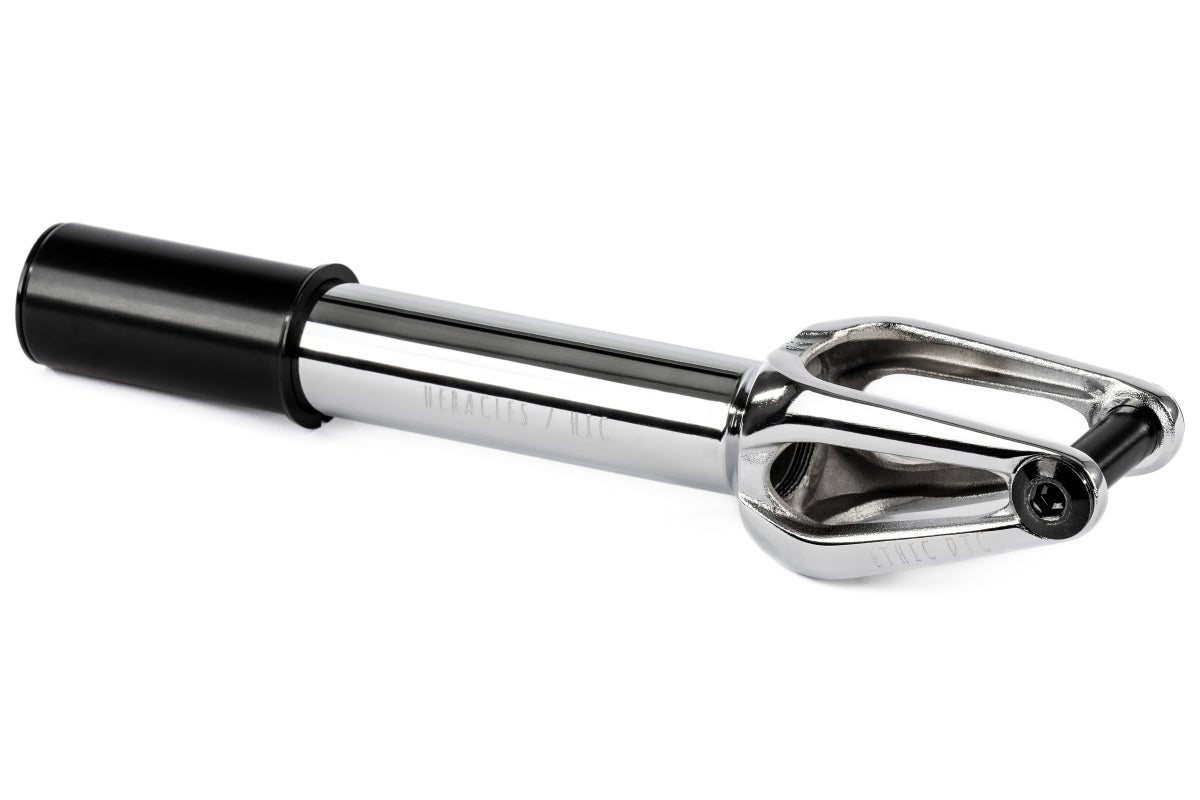
Système de compression
Le système de compression est le système qui maintient votre guidon et votre fourche ensemble sur votre plateau. Les riders de trottinettes avancées utiliseront les systèmes de compression : HIC (Hidden Internal Compression), ICS (Inverted Compression System) et SCS (Standard Compression System). Ces systèmes de compression offrent plus de stabilité, de durabilité et de performance par rapport aux systèmes de fourches filetées.
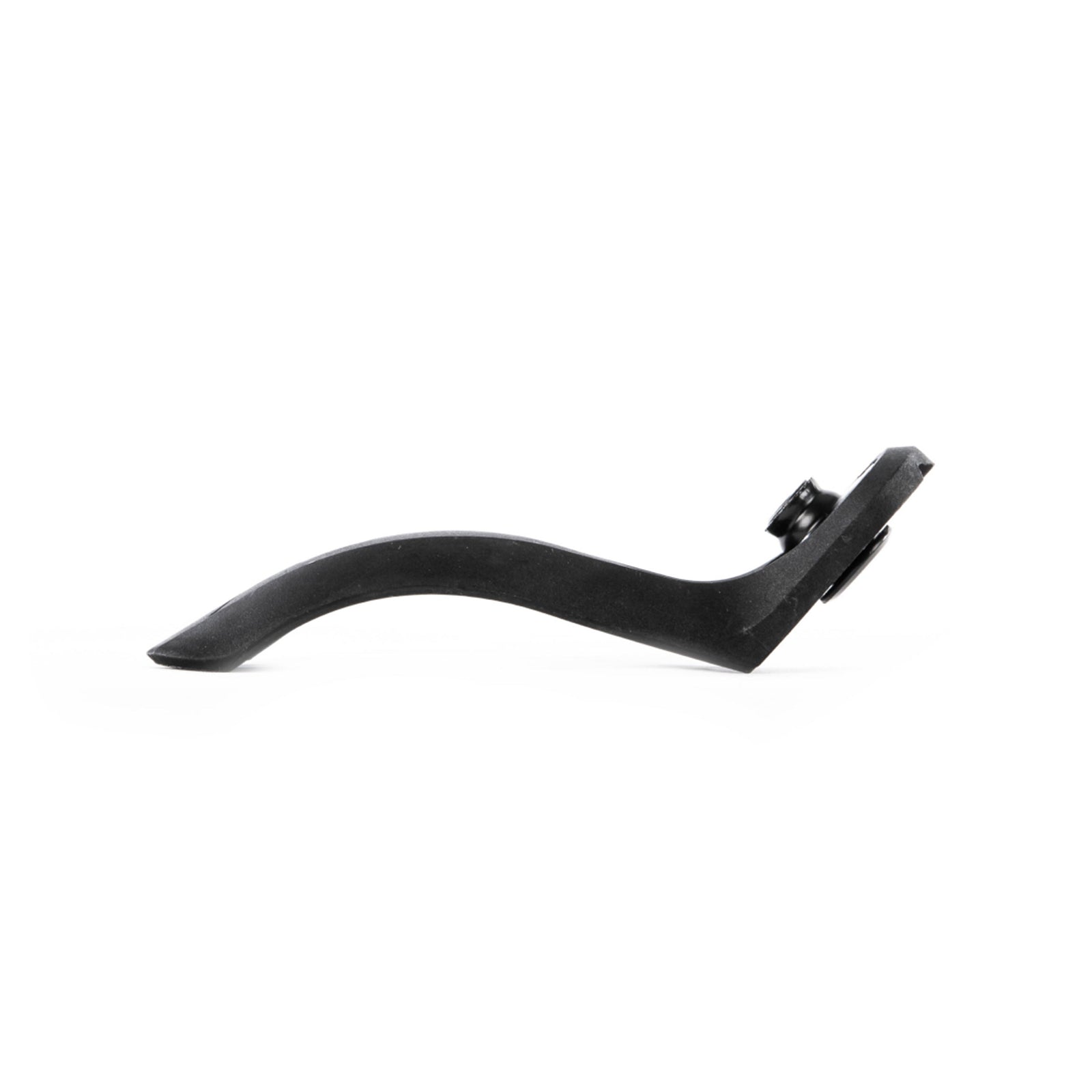
Frein
Il est présent mais les jeunes ne l’utilisent pas :-)
Le frein est fixé à l'arrière de la trottinette avec un boulon ou une vis, selon le modèle. La majorité des riders de trottinette utilisent un frein flexible ou à ressort. Les riders plus avancés utiliseront un frein flexible en raison de son haut niveau de performance.
Nous espérons que ce guide d'achat de trottinettes freestyle vous aidera à y voir plus clair.
Investir dès le départ dans une trottinette professionnelle haut de gamme est plus rentable que d’acheter des pièces moins chères et qui auront tendances à se briser plus rapidement, ce qui reviendra plus cher à la fin. Si c'est la première fois que vous achetez des pièces de trottinette ou que vous ou votre enfant débute dans le sport, vous voudrez peut-être envisager l’achat d’une trottinette complètes (completes), ce type de trottinettes sont pré-assemblés et leur coût est vraiment intéressant.
Bon magasinage!
L'équipe de Scootersk8

